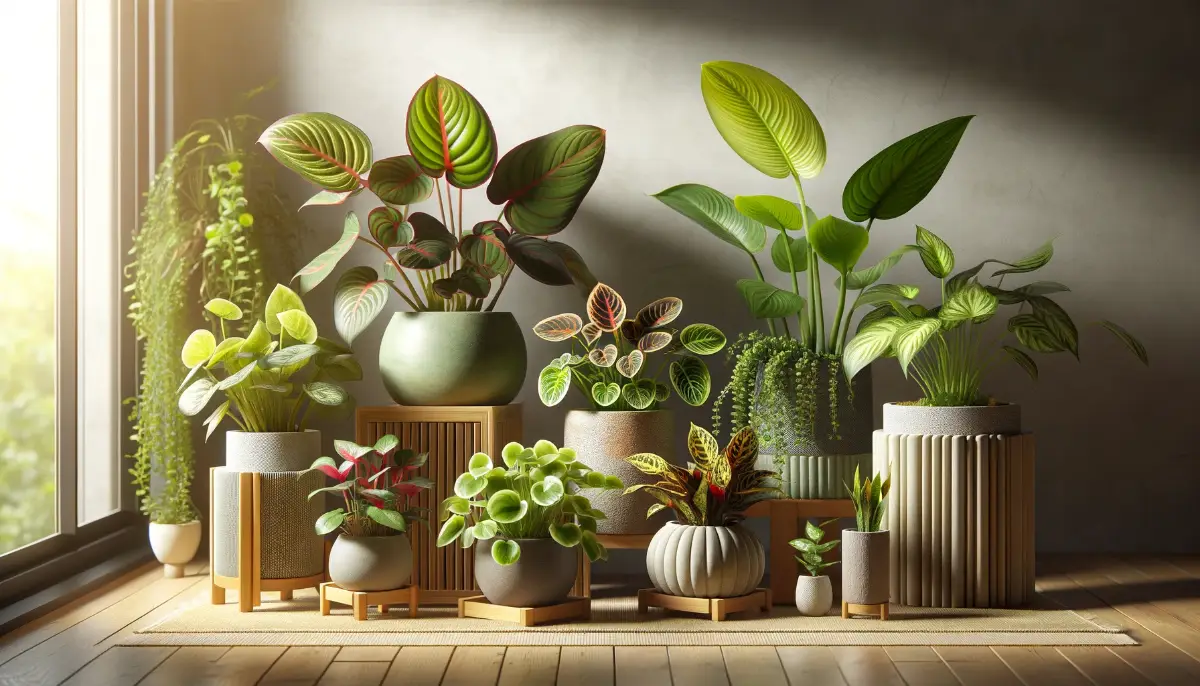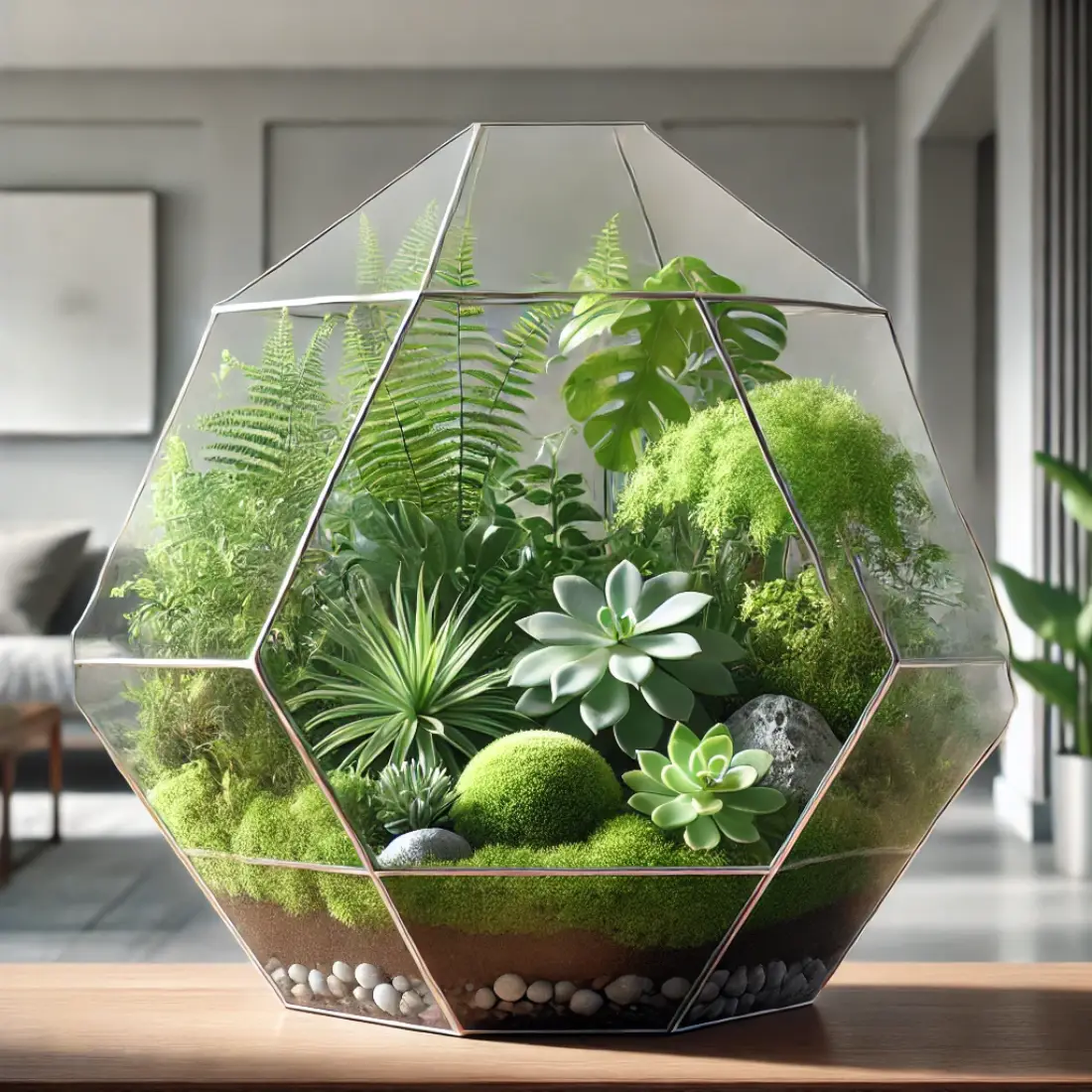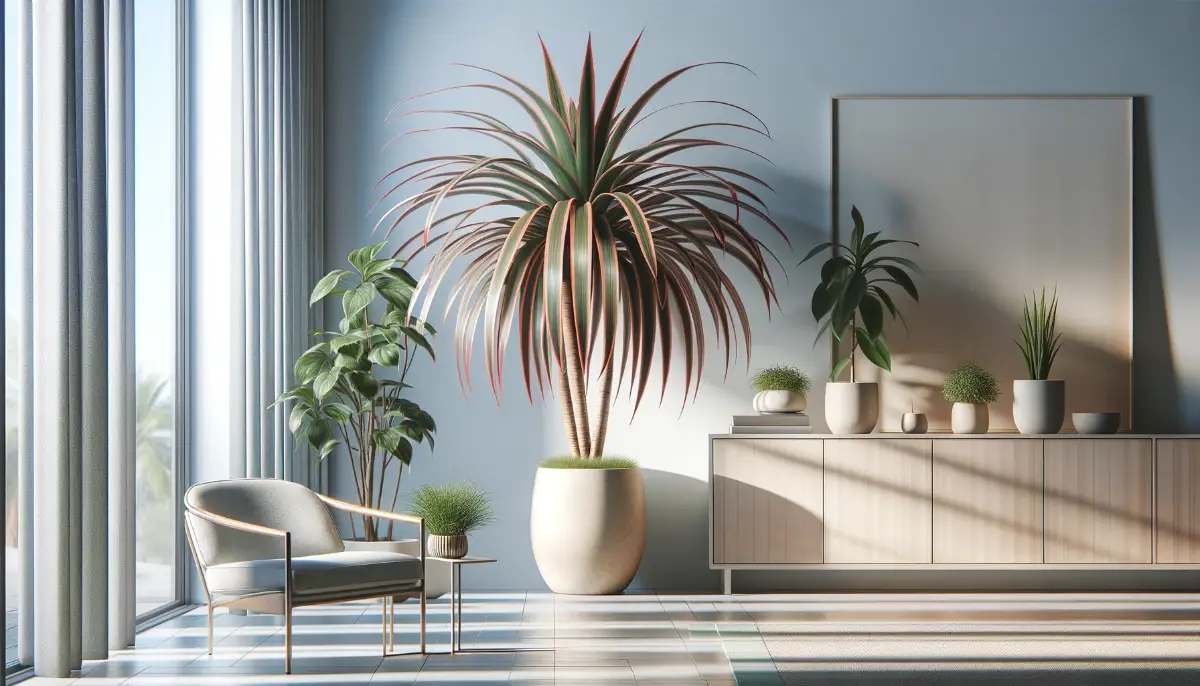Peperomia plants are a delightful and versatile choice for indoor gardening enthusiasts. Known for their low maintenance, these tropical plants from Central and South America are perfect for anyone seeking lush greenery with minimal effort. In this guide, you’ll learn everything you need to know about how to care for Peperomia plants and why they’re such a popular choice for indoor gardens.
- Peperomia plants are low-maintenance, ideal for beginners.
- Thrive in indirect sunlight and moderate watering.
- Available in various species, each offering unique colors and textures.
What Is a Peperomia Plant?
Peperomia plants belong to the Piperaceae family, which also includes the pepper plant. Native to tropical and subtropical regions of Central and South America, Peperomia species are well-suited for indoor environments. These plants are compact, feature thick leaves, and have over 1,000 species that come in a wide variety of colors and textures.
Why Peperomia Plants Are Perfect for Indoor Gardens
Peperomia plants are perfect for indoor spaces due to their ability to thrive in low light and limited space. Ideal for beginners and seasoned gardeners alike, Peperomias thrive under a variety of conditions, ranging from low light to indirect sunlight, making them perfect for sprucing up less sunny corners of your home. Their distinct foliage, available in an array of shapes, textures, and colors, not only enhances indoor aesthetics but also contributes to a healthier living environment by purifying the air.
Best Growing Conditions for Peperomia Plants
1. Light Requirements
Peperomia plants thrive in moderate to low light but prefer indirect sunlight. Avoid placing them in direct sunlight to prevent leaf burn.
2. Soil and Watering
These plants need well-draining soil to prevent root rot. A succulent or cactus mix works best. Allow the soil to dry between waterings and avoid overwatering.
3. Temperature and Humidity
The ideal temperature range for Peperomia is between 65°F to 75°F (18°C to 24°C). While they tolerate low humidity, misting or placing them on a humidity tray helps in drier environments.
Popular Peperomia Varieties for Indoor Care
1. Peperomia obtusifolia (Baby Rubber Plant)
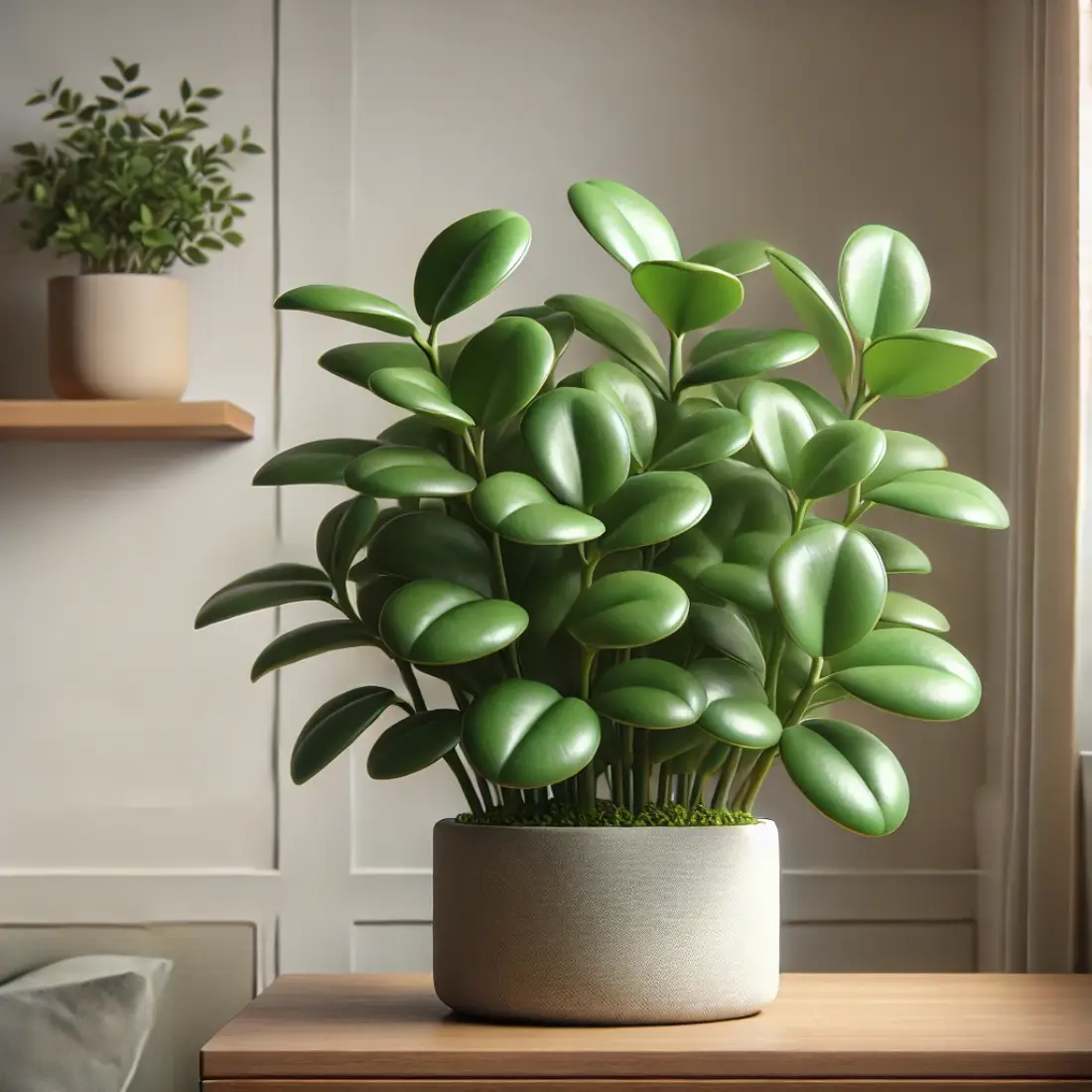
Known for its thick, upright leaves, this variety is ideal for low-light environments.
2. Watermelon Peperomia (Peperomia argyreia)
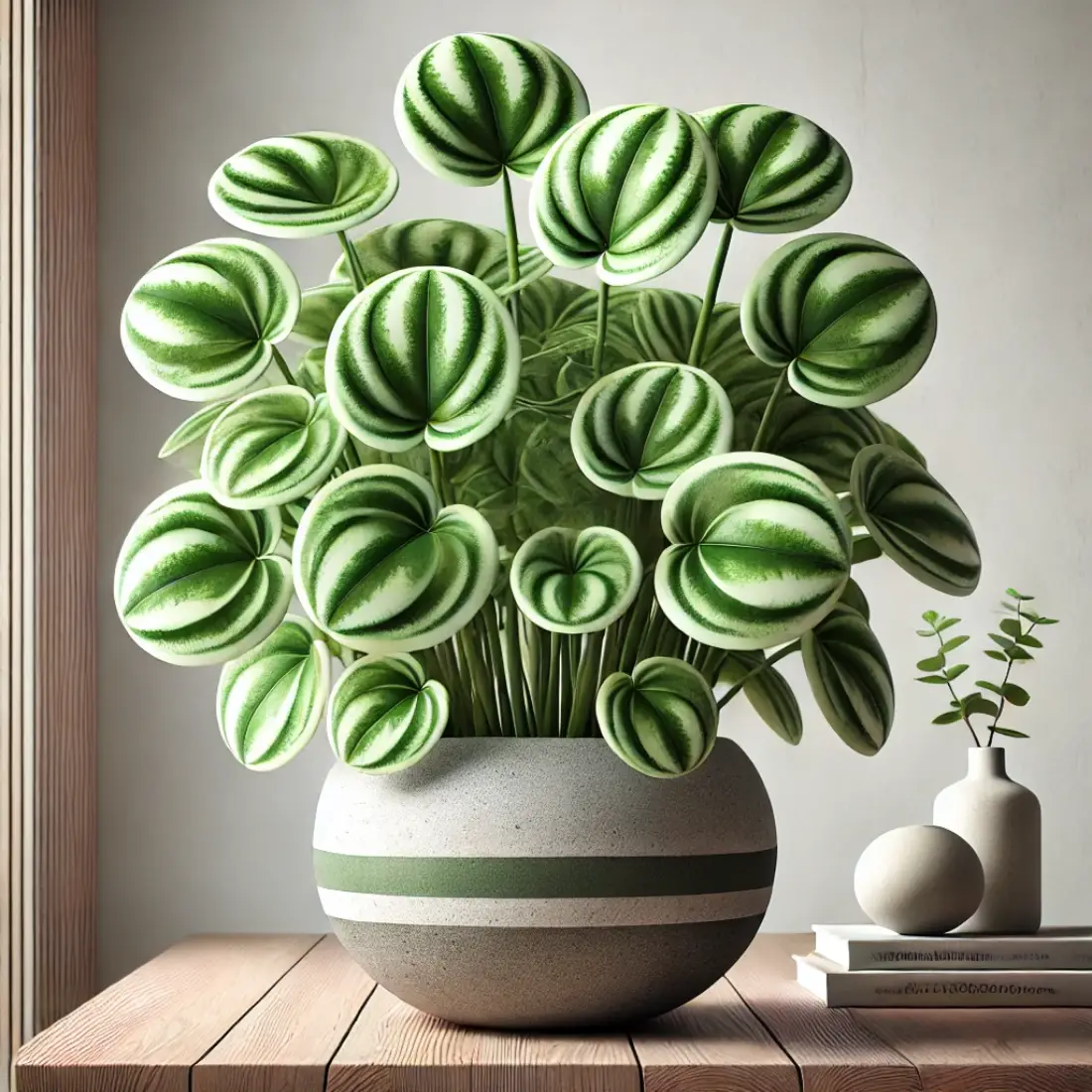
Famous for its watermelon-like striped leaves, this variety prefers bright, indirect light.
3. Peperomia caperata (Emerald Ripple)
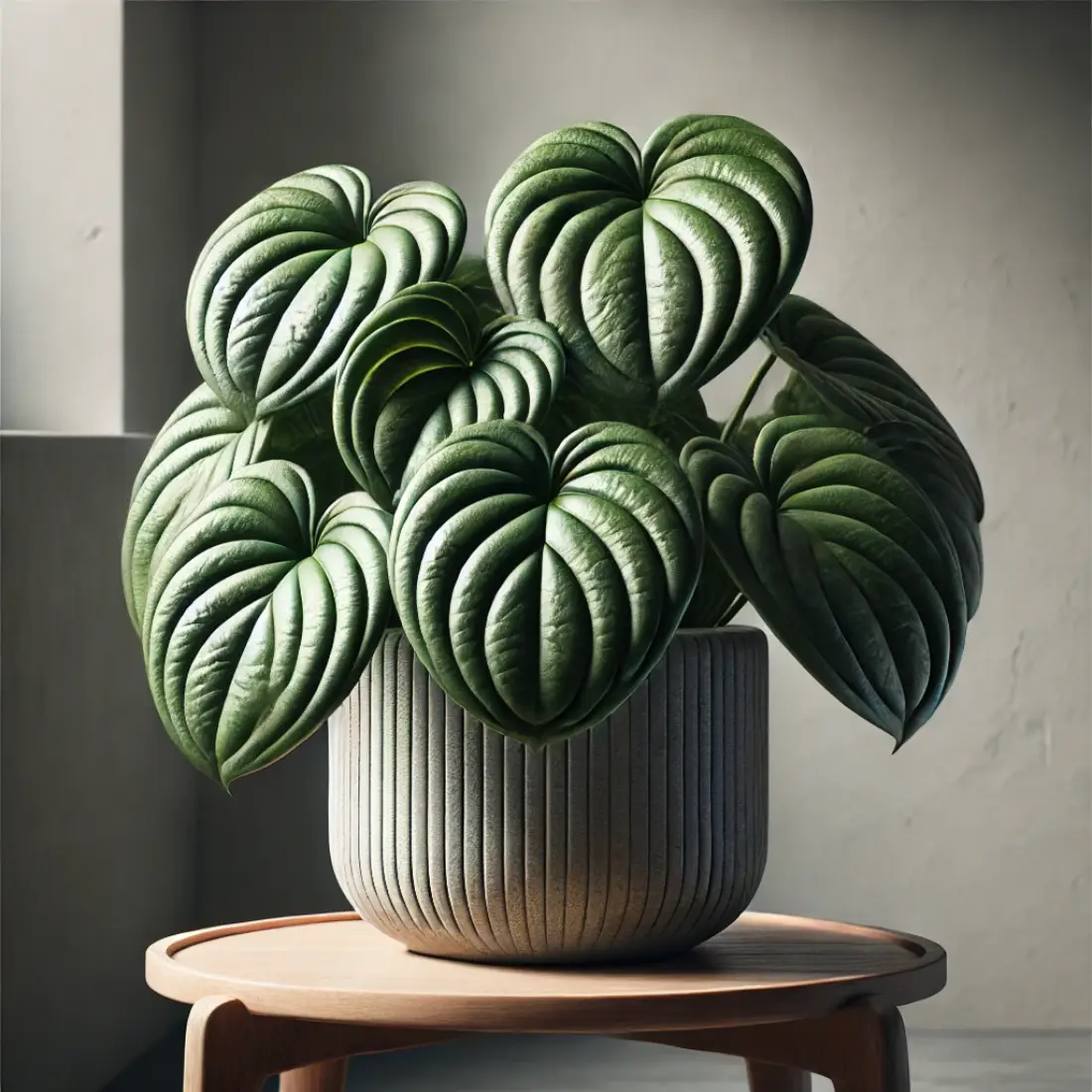
With deeply corrugated, dark green leaves, this variety thrives in moderate light and high humidity.
How to Care for Peperomia Plants
Peperomia plants are known for their low-maintenance nature. Follow these care tips to keep your plant thriving:
- Watering: Water moderately and ensure the soil dries out between waterings. Overwatering can cause root rot.
- Light: Indirect sunlight or low light is ideal for most varieties.
- Soil: Use well-draining potting soil, preferably one designed for succulents.
- Humidity: Peperomia enjoys humidity but will tolerate average room conditions.
How to Propagate Peperomia Plants
Propagation of Peperomia plants is easy and can be done through leaf cuttings or stem cuttings.
Leaf Cuttings
- Select a healthy leaf and make a clean cut.
- Allow the cut to callus over before planting in a well-draining mix.
- Keep the soil moist and place the plant in indirect light.
Stem Cuttings
- Cut a healthy stem below the leaf node and remove the lower leaves.
- Plant the stem in soil, ensuring that the nodes are buried.
- Cover with plastic to maintain humidity, and ventilate occasionally.
Decorative Tips for Peperomia Plants
1. Choosing the Right Pot
- Use terracotta pots for better soil aeration.
- Complement leaf color with stylish ceramic pots.
2. Creative Placement
- Hanging baskets: Perfect for trailing varieties like Peperomia prostrata (String of Turtles).
- Vertical spaces: Display Peperomia plants on wall-mounted shelves.
3. Grouping Peperomias
Mix various Peperomia species to create visual interest in your living space. Their unique textures and leaf patterns provide an aesthetic charm to any room.
Common Problems and Solutions for Peperomia Plants
1. Overwatering
- Symptoms: Yellowing leaves, mushy stems.
- Solution: Allow soil to dry out completely between waterings and repot if necessary.
2. Pest Problems
- Common pests include mealybugs and spider mites.
- Solution: Treat infestations with insecticidal soap or neem oil.
3. Insufficient Light
- Symptoms: Leggy growth and pale leaves.
- Solution: Move to a brighter area with indirect sunlight.
FAQs about Peperomia Plants
What are the best Peperomia species for beginners?
Peperomia obtusifolia and Peperomia caperata are great for beginners due to their easy care requirements.
How often should I water my Peperomia plant?
Water when the top inch of the soil feels dry. Overwatering is a common issue, so it’s important to let the soil dry out between waterings.
Do Peperomia plants need a lot of sunlight?
They thrive in bright, indirect light but can tolerate lower light conditions. Avoid direct sunlight, which can scorch their leaves.
Are Peperomia plants safe for pets?
Yes, Peperomia plants are non-toxic to cats and dogs, making them a pet-friendly choice for indoor gardening.
Can Peperomia be grown in a bathroom?
Yes, Peperomia can grow well in a bathroom if there’s enough indirect light, as they appreciate the higher humidity typically found in these spaces.
What is the best soil mix for Peperomia?
A well-draining potting mix, typically used for succulents or cacti, is ideal for Peperomia to prevent root rot.
How do I propagate Peperomia?
Peperomia can be easily propagated from leaf or stem cuttings. Place the cuttings in a well-draining soil mix and keep them in indirect light until they root.
What common pests affect Peperomia plants?
Mealybugs and spider mites are common pests. They can be managed with insecticidal soap or neem oil applications.
Why are the leaves on my Peperomia drooping?
Drooping leaves can be a sign of overwatering, underwatering, or insufficient light. Adjust care accordingly by checking the soil moisture and light conditions.
How can I make my Peperomia bushier?
Regular pruning can encourage a bushier growth form. Trim leggy stems in the spring to promote more compact and fuller growth.

